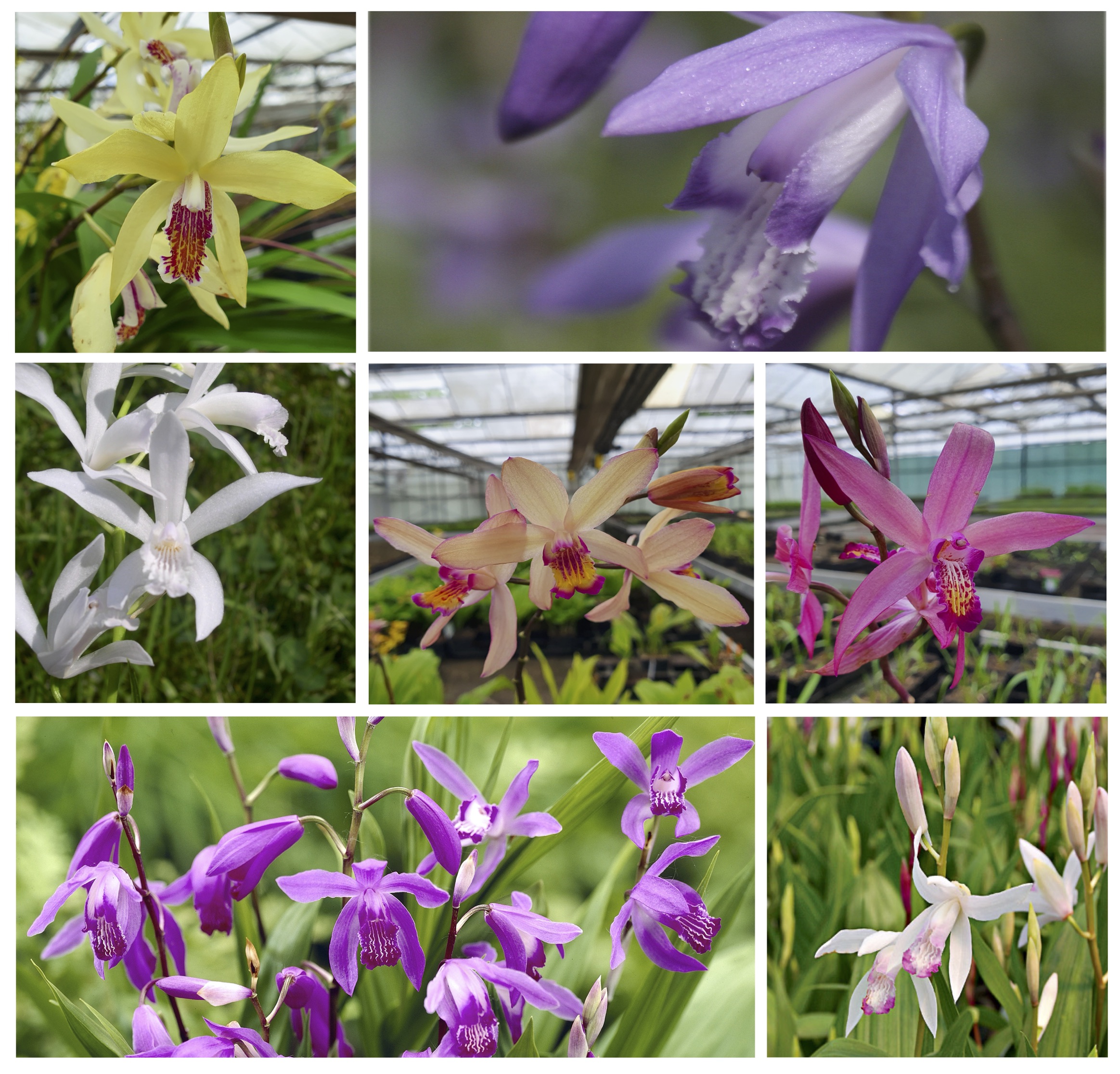Cart 0 Product Products (empty)
No products
Free shipping! Shipping
0,00 € Tax
0,00 € Total
Product successfully added to your shopping cart
Quantity
Total
There are 0 items in your cart. There is 1 item in your cart.
Total products
Total shipping Free shipping!
Tax 0,00 €
Total
Categories
FAQ
Avez vous besoin d'aide ? Consultez notre page dédiée aux FAQ.
Bletilla : The ideal garden orchid !!!
Published : 09/15/2022 13:28:44
Categories : Bletilla , General , Growing , Novelties

Bletilla : The ideal garden orchid !!!
The Bletilla orchid, also known as the Hyacinth orchid, is the ideal garden orchid. Easy to grow, prolific, tolerant, resistant to drought, etc., it will delight beginners and/or lovers of beautiful flowerbeds.
Bletilla in a few words...
Bletilla orchids are hardy in most climates (-20°C).
They are very resistant to drought and summer heat.
Very tolerant, they adapt to many types of soil (fertile, humus-rich, clayey, neutral or slightly acidic).
It is one of the easiest terrestrial orchids to grow in pots...
Great variety of different colours...
Low maintenance plant...
Evergreen foliage until late autumn.
Very prolific, and after a few years will form attractive clumps...
Large flowering stems (up to 80 cm for some varieties).
Ideal planting period from September.

